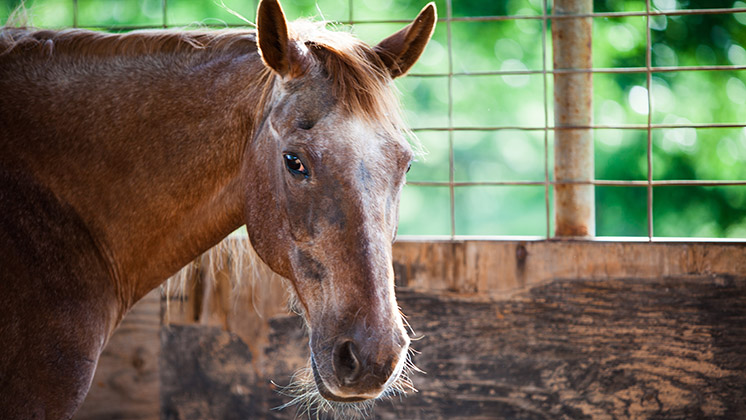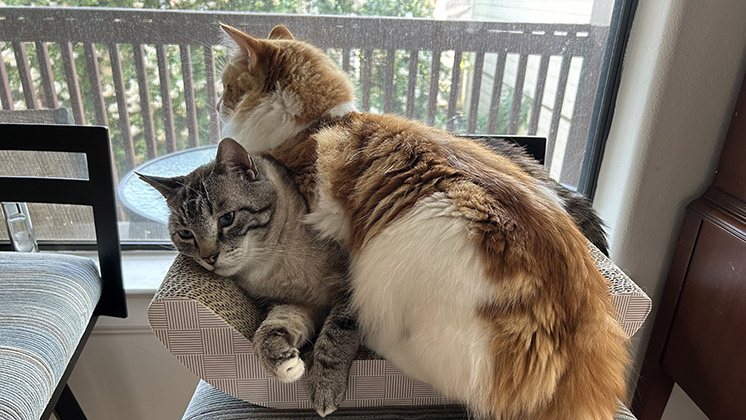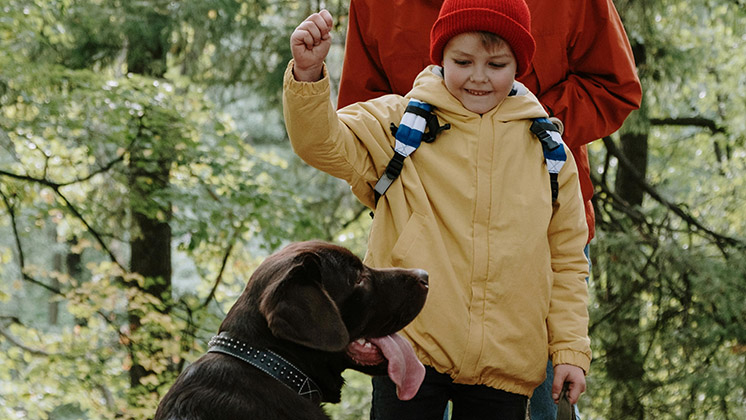When Therapy Horses Pass On: How Practitioners Cope and Grow

In equine-assisted services (EAS), horses aren't just animals—they're trusted partners in healing. So what happens when one of these beloved equines dies? How do practitioners, clients, and entire programs manage the emotional and practical aftermath?
A new study sheds light on this rarely-discussed but deeply felt topic, exploring the grief and resilience of EAS providers after the death of a therapy horse.
Why This Matters
While there's plenty of research on grief following the loss of pets, less attention has been given to the unique grief experienced by people working in equine-assisted services programs. These horses often touch the lives of dozens—sometimes hundreds—of people. When they pass away, it's not just a personal loss. It's a collective one.
How Practitioners Build Resilience
Using the Communication Theory of Resilience, the study identifies five ways that practitioners cope with this kind of loss:
- Crafting Normalcy
Practitioners honored their horses’ lives and legacies by sharing stories, holding ceremonies, or simply continuing rituals that acknowledged the horse's role in the community. This storytelling helped them and others adjust to a “new normal.”
- Balancing Grief with Action
While grieving, many practitioners also had to remain “the professional,” juggling logistics and supporting others. They often described being “stoic,” even while feeling deep personal sorrow.
- Affirming Identity
Practitioners reinforced their identities as caregivers, leaders, and responsible stewards of their horses’ wellbeing. Even difficult decisions, like euthanasia, were reframed as acts of compassion.
- Leaning on Support Networks
Grief was shared. Whether through texts, memorials, or face-to-face conversations, practitioners turned to clients, volunteers, and staff to both give and receive support.
- Reframing the Loss
Most deaths in the study were euthanasia-related. Practitioners often reframed these decisions as "doing the right thing," helping them come to terms with the emotional weight of their choices.
Practical Tips for EAS Organizations
The study suggests that grief protocols and training can help practitioners and programs better prepare for and navigate equine loss. For instance:
- Designating memorial spaces or events
- Developing communication plans for clients and staff
- Encouraging shared storytelling and reflection
Final Thoughts
The death of an equine can leave a profound void. But as this study reveals, it also opens up space for connection, care, and resilience. By openly acknowledging grief and leaning on community, EAS practitioners not only honor their equine partners but also strengthen their programs for the future.
For those working in equine-assisted services—or anyone who has experienced the loss of a beloved animal—this research is a powerful reminder: grief is real, but so is the potential for growth.
Read the Research Paper
This article was based on the research of Dr. Leanne Nieforth and the HAPI lab. Read the research:
Suggested Articles

The Role of Pets in Managing Pandemic Uncertainty
Discover how pets became essential emotional lifelines during the COVID-19 pandemic, offering comfort, routine, and stress relief amidst unprecedented uncertainty.
Read more
Navigating Grief in Equine-Assisted Services Programs
Discover how equine-assisted services practitioners navigate the emotional and practical challenges of losing a program horse, with insights on grief, memorials, and community support.
Read more
Exploring Canine-Assisted Interactions for Children with ADHD
Discover how canine-assisted interventions, paired with cognitive behavioral therapy, enhance social skills in children with ADHD, fostering better human interactions and engagement.
Read more
